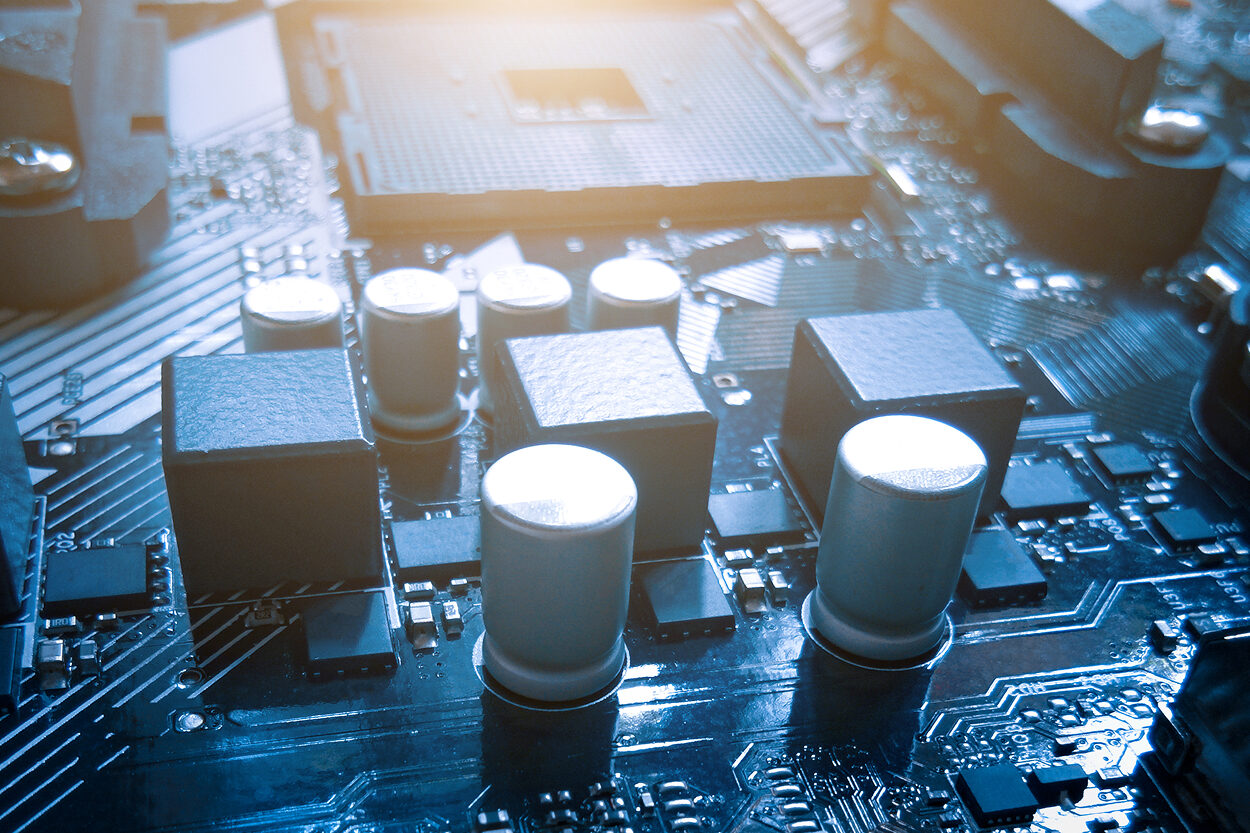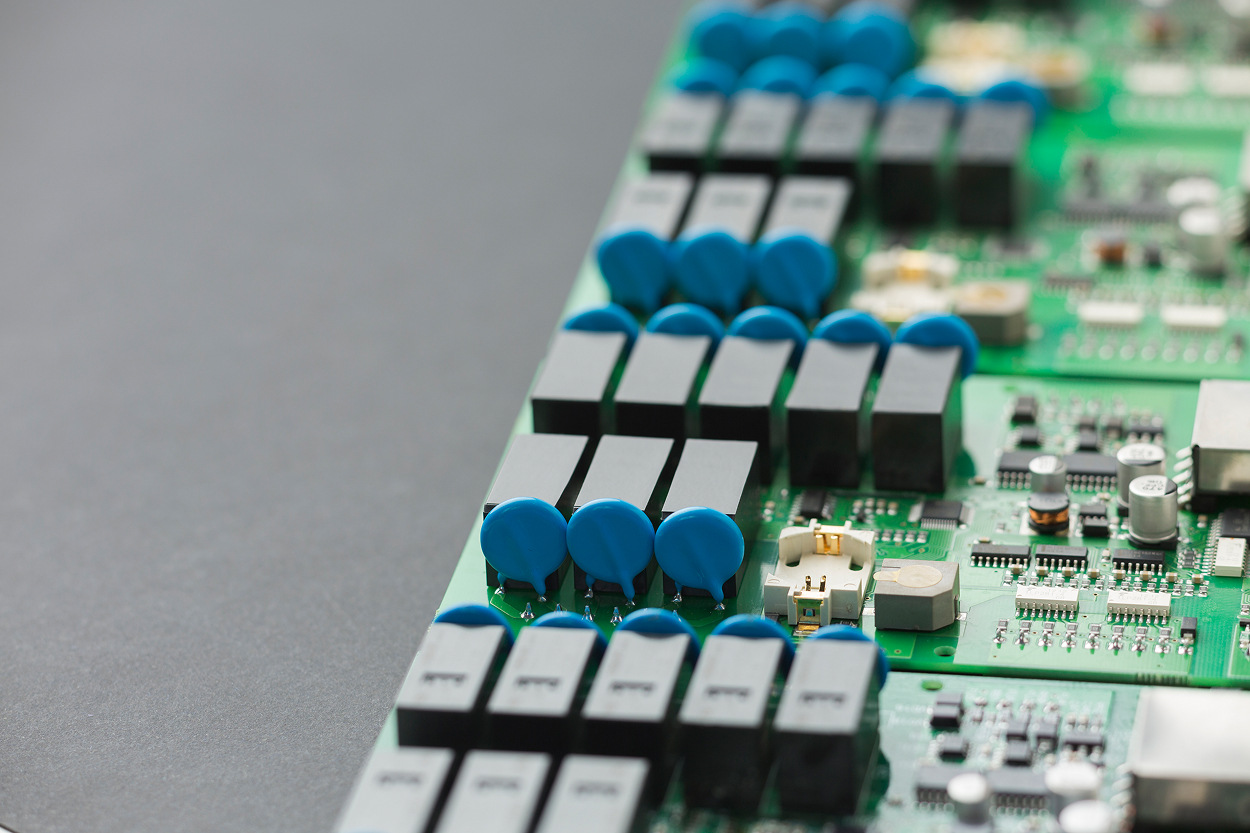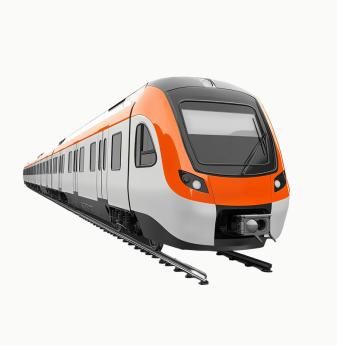Choosing the Optimal Edge Device Architecture in Resource-Constrained Environments

Designing embedded edge systems in industrial, automotive, and IoT domains means working with strict constraints: limited power budgets, minimal memory, real-time requirements, and tight BOM costs. One of the most critical decisions during early design is selecting the right system architecture. Should you go with a microcontroller (MCU), a system-on-chip (SoC), or an FPGA? Or should you combine them?
In this article, we examine the trade-offs, design considerations, and best practices for choosing the optimal architecture for edge devices under resource constraints.
The Stakes in Edge Architecture Decisions
Making the wrong architectural choice can lead to:
- Underperformance in real-time scenarios
- Excessive power consumption
- Unscalable software complexity
- Certification and thermal issues
- Missed deadlines due to rework
Meanwhile, a well-matched architecture streamlines development, reduces time to market, and ensures your device performs reliably in the field.
Typical Constraints in Edge Applications
Embedded engineers usually face some or all of the following constraints:
1. Power Budget
Devices often need to operate on batteries or within tight thermal envelopes. Architectures must be optimized for energy efficiency.
2. Processing Requirements
Some edge devices need to handle machine learning inference, multimedia decoding, or fast control loops.
3. Memory Footprint
Memory is expensive and limited. Architectural choices affect memory hierarchy and available RAM/Flash.
4. Cost Constraints
In mass production, every cent matters. Component count, packaging, and licensing affect total BOM.
5. Real-Time Behavior
Meeting hard real-time deadlines requires deterministic behavior. Jitter and interrupt latency can be deal breakers.
6. Ecosystem and Tooling
The availability of software stacks, RTOS, Linux support, and debug tools influences productivity.
Option 1: Microcontrollers (MCUs)
Best for: Ultra-low power applications, simple control logic, sensor hubs.
Pros:
- Extremely low power consumption (some under 1μA in sleep)
- Cost-effective
- Easy to program and debug
- Rich ecosystem (Arduino, STM32Cube, etc.)
Cons:
- Limited processing power (often <200 MHz)
- Constrained memory
- Not suitable for heavy data processing or ML
Use case examples:
- Wearable health monitors
- Smart thermostats
- Industrial sensor nodes
Option 2: System-on-Chip (SoC)
Best for: Multimedia, ML inference, connectivity-rich edge systems.
Pros:
- High processing power (GHz-level CPUs)
- Integrated GPU, NPU, connectivity blocks
- Linux support for complex applications
Cons:
- Higher power draw
- Complex software stack
- Thermal design requirements
Use case examples:
- Smart cameras
- Gateway devices
- Human–machine interfaces (HMI)
Option 3: Field-Programmable Gate Arrays (FPGAs)
Best for: Custom logic, real-time data processing, parallelism.
Pros:
- Deterministic timing behavior
- Massive parallelism for signal processing
- Reconfigurability post-deployment
Cons:
- Higher development complexity
- Higher BOM cost (especially for high-end FPGAs)
- Specialized tooling (Vivado, Quartus, etc.)
Use case examples:
- Edge AI accelerators
- High-speed industrial vision systems
- Real-time protocol bridges
Option 4: Hybrid Architectures
Best for: Balancing flexibility, performance, and cost in complex systems.
Examples:
SoC + MCU (e.g., NXP i.MX + STM32)
SoC + FPGA (e.g., Xilinx Zynq)
Use case examples:
- Industrial robots (SoC handles UI, MCU for motion control)
- AI smart cameras (SoC for Linux + FPGA for video pipeline)
Key Questions to Guide Your Decision
To determine the optimal architecture, ask:
- What’s the power budget (mW or μW)?
- What’s the expected data throughput and latency?
- Does the system require Linux?
- Is ML inference needed?
- Are there strict EMC/EMI requirements?
- What is the lifetime of the product and need for OTA updates?
- What’s the expected production volume and BOM limit?

Real-World Optimization Example
Question: "How to choose between SoC and FPGA for a low-latency video processing device in industrial automation?"
Answer: Choose SoC if the latency tolerance is above 10 ms and Linux is required (e.g., for networking or UI). Choose FPGA if you need sub-5 ms latency for frame processing, deterministic behavior, and custom interfaces. You can also use a hybrid SoC+FPGA platform like Zynq for the best of both worlds.
Promwad’s Expertise in Edge Architectures
At Promwad, we specialize in designing edge computing platforms under tough constraints. Our engineering teams:
- Select optimal chipsets and architectures
- Prototype with real workloads and thermal profiles
- Develop firmware for RTOS, bare-metal, or Linux
- Optimize for BOM, latency, and power
We’ve developed edge nodes for predictive maintenance, real-time video analysis, and connected industrial controllers.
Let’s talk if you’re designing an edge device and need guidance on architecture selection, board design, or system-level optimization.
Related Long-Tail Keywords & Answers
"Which edge architecture is best for ML on a low-power device?"
Use SoCs with NPUs (e.g., NXP i.MX 8M Plus) or hybrid FPGA-based accelerators like Xilinx Kria. Microcontrollers typically can’t handle ML workloads.
"Can I use an MCU for running Linux?"
Generally no. Linux requires MMU and significant memory. Use an SoC instead.
"When should I prefer an FPGA over a processor?"
If you need deterministic low-latency processing, custom protocols, or parallelism, FPGAs are ideal despite their higher complexity.
"What’s the best architecture for OTA-updatable industrial controllers?"
SoCs with dual-bank flash and Linux or RTOS support are a good fit. Secure boot and firmware validation are critical.
Our Case Studies





